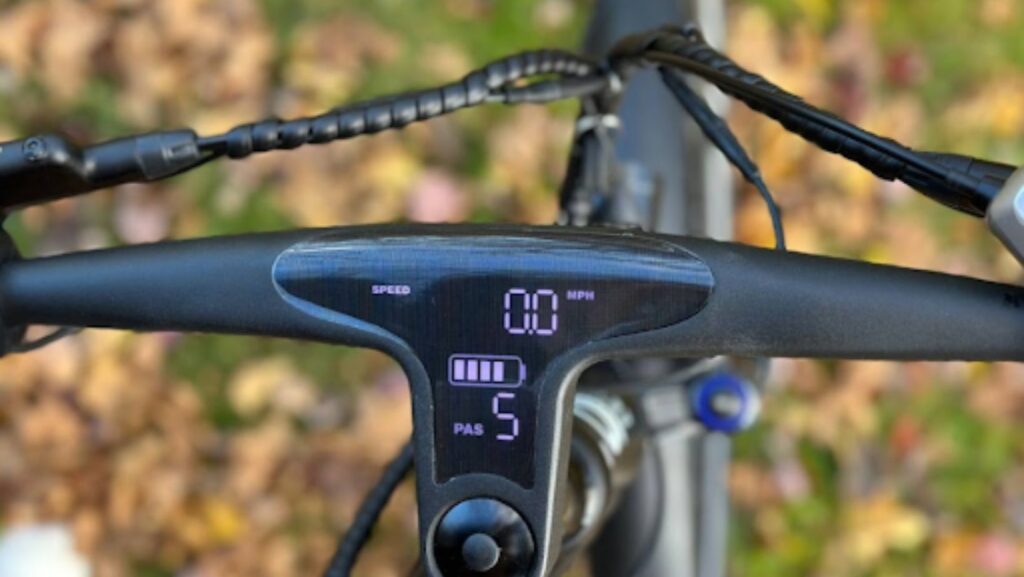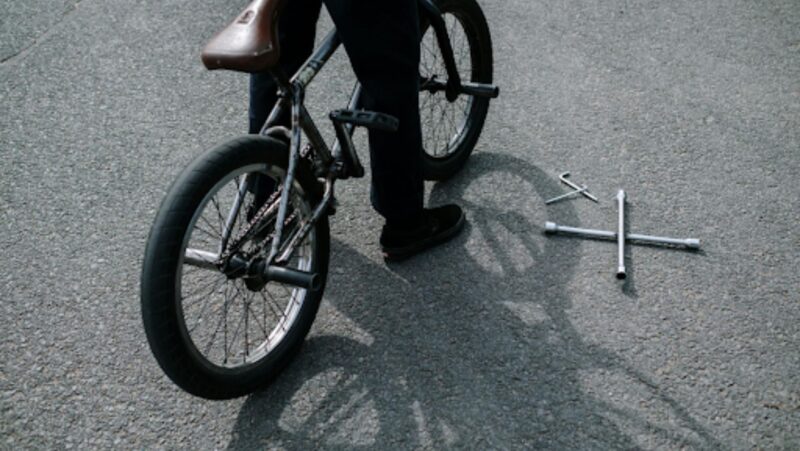
Bicycles have evolved significantly since their inception in the 19th century. Today, they are marvels of engineering, combining lightweight materials, precise gear systems, and advanced frame designs. Understanding the mechanics behind these components is essential for cyclists looking to optimize their riding experience, whether for commuting, recreation, or competitive racing. This article explores the intricate world of bicycle mechanics, focusing on gear systems and frame technology, with a special section dedicated to fast electric bikes.
Gear Systems: The Heart of Bicycle Performance
Gears are fundamental to a bicycle’s performance, enabling riders to adjust the level of effort required to pedal under various conditions. A bike’s gear system, often referred to as the drivetrain, typically consists of chainrings, cogs, derailleurs, and shifters. The primary purpose of these components is to modify the bike’s speed and torque, allowing riders to climb steep hills, cruise on flat terrain, or accelerate swiftly.
Types of Gear Systems
There are several types of gear systems available, each with its unique advantages and applications:
- Derailleur Gears: The most common type found on road and mountain bikes, derailleur systems use a series of sprockets and chains to shift gears. A front derailleur moves the chain between chainrings, while a rear derailleur shifts it across the cassette on the back wheel. These systems provide a wide range of gears, making them suitable for diverse riding conditions.
- Internal Hub Gears: These are enclosed systems, where gears are housed within the rear wheel hub. Internal hub gears are popular in commuter and city bikes due to their low maintenance requirements and ability to shift gears while stationary. However, they often offer fewer gear ratios compared to derailleur systems, making them less ideal for high-performance cycling.
- Single-Speed and Fixed Gear: Simplified gear systems without derailleurs, often seen on minimalist bikes. Single-speed bikes are straightforward, requiring minimal maintenance, but are limited to one gear ratio. Fixed-gear bikes, or “fixies,” have no freewheel mechanism, meaning the rider must pedal continuously whenever the bike is in motion. These are favored by purists and urban riders for their simplicity and connection to the road.
Gear Ratios and Their Impact
The concept of gear ratios is central to understanding how gear systems work. A gear ratio is determined by the number of teeth on the chainring compared to the number of teeth on the cog. A higher ratio means more speed but requires more effort, while a lower ratio makes climbing easier but reduces speed. Cyclists can adjust these ratios by changing gears, thus optimizing performance based on the terrain and riding conditions.
The choice of gear system and its setup can dramatically affect the cycling experience. For instance, competitive road cyclists may prefer a wide range of gears with closely spaced ratios to fine-tune their cadence. Mountain bikers, on the other hand, often need a broader spread of ratios to tackle varying terrains, from steep climbs to rapid descents.
Frame Technology: The Backbone of a Bicycle
A bicycle’s frame is its backbone, providing structural integrity and influencing ride quality, weight, and handling.

Over the years, advancements in materials and design have led to the development of frames that cater to different types of cycling, from lightweight racing frames to robust mountain bike frames.
Materials Used in Frame Construction
The choice of frame material is critical, as it affects the bike’s performance, durability, and price. Common materials include:
- Steel: Known for its strength and comfort, steel has been a traditional choice for bike frames. Modern steel frames use high-quality alloys that are both strong and relatively light. Steel’s natural flexibility offers a smooth ride, but it is heavier than other materials.
- Aluminum: Aluminum frames are lightweight, stiff, and resistant to corrosion, making them popular for many types of bicycles, from road bikes to hybrids. They provide a good balance of performance and affordability, though they tend to be less comfortable on rough surfaces due to their stiffness.
- Carbon Fiber: Carbon fiber frames are prized for their exceptional strength-to-weight ratio and ability to be molded into aerodynamic shapes. These frames are common in high-end road bikes and are favored by racers for their lightweight and stiffness. However, carbon fiber is more expensive and can be prone to damage from impact.
- Titanium: Offering a blend of the best qualities of steel and aluminum, titanium frames are light, strong, and provide a comfortable ride. They are highly resistant to corrosion and fatigue but come at a premium price, often seen in custom-built and high-performance bikes.
Frame Geometry and Its Effects
Beyond material, frame geometry plays a significant role in the bike’s handling and comfort. Key aspects of geometry include the angles of the frame tubes, the length of the wheelbase, and the height of the bottom bracket. For example, racing bikes typically feature aggressive geometries with steep angles and short wheelbases for quick handling and efficient power transfer. In contrast, touring and endurance bikes have more relaxed geometries to enhance comfort over long distances.
The Rise of Fast Electric Bikes
Electric bikes (e-bikes) have revolutionized the cycling landscape by offering powered assistance, making cycling accessible to a broader audience. Among the various types of e-bikes, fast electric bikes, or speed pedelecs, are designed to provide higher speeds and performance.
How Fast Electric Bikes Work
Fast electric bikes use an electric motor, typically powered by a rechargeable battery, to assist the rider’s pedaling. Unlike traditional e-bikes that are limited to 20 mph, speed pedelecs can reach speeds up to 28 mph or more, depending on regulations in different regions.

These bikes use advanced sensors to gauge the rider’s input and adjust the level of assistance accordingly, providing a seamless boost when needed.
Benefits and Considerations
The primary advantage of fast electric bikes is their ability to cover long distances quickly, making them ideal for commuting or leisure rides where time is a factor. They allow riders to tackle hills and headwinds with ease, reducing physical strain and expanding the practical range of cycling.
However, fast electric bikes also come with considerations. Their higher speeds require more robust braking systems and durable tires to ensure safety. Additionally, the added weight of the motor and battery can affect handling, particularly when riding without assistance. Riders must also be mindful of local regulations, as some areas classify speed pedelecs differently from regular bicycles, often requiring registration, insurance, or specific safety gear.
Conclusion
Understanding the mechanics of bicycles, from the intricacies of gear systems to the nuances of frame technology, is essential for selecting the right bike and optimizing performance. Whether it’s choosing between derailleur and internal hub gears or deciding on a carbon fiber versus titanium frame, each component plays a critical role in the overall riding experience.
As cycling technology continues to evolve, innovations like fast electric bikes are expanding the horizons of what’s possible on two wheels. These developments not only enhance performance but also make cycling more accessible and enjoyable for riders of all levels. By staying informed about the latest advancements in bicycle mechanics, cyclists can make better choices and fully enjoy the myriad benefits that biking offers.










